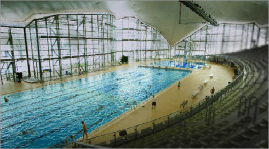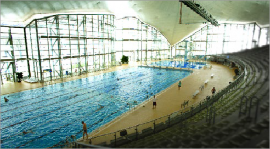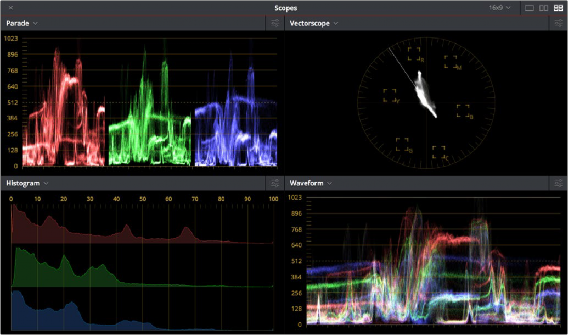

< Previous | Contents | Next >
Lastly, it’s important to keep in mind that, for all the creative possibilities that DaVinci Resolve affords, it’s still important that the final deliverables that you give to your client has appropriate signal levels relative to their requirements. In particular, programs destined for broadcast have specific outer boundaries of luma and chroma that you must not exceed, or you’ll risk having a show rejected for QC (quality control) violations.
However, even if you’re not delivering a show for broadcast, it’s important to be aware of the mathematical limitations of a digital video signal to make sure you’re not clipping or crushing image detail through overzealous adjustments that you may, in fact, want to preserve.
For example, if you take a look at the next two images, you can see the perils of overzealous adjustments when compared to a clip that, while graded creatively, has been adjusted with respect to the mathematical boundaries of image data.


Image graded to preserve detail in highlights Image graded with highlight detail blown out
![]()
Here, too, DaVinci Resolve provides tools designed to help you exercise control over the fine-tuning of the image. A Video Scopes window provides the standard Waveform, Parade, Vectorscope, and Histograms that are used to analyze your image data. These scopes let you see the boundaries of what’s possible, and make it easy to spot subtle problems, and compare the characteristics of one image to another.

Video scopes